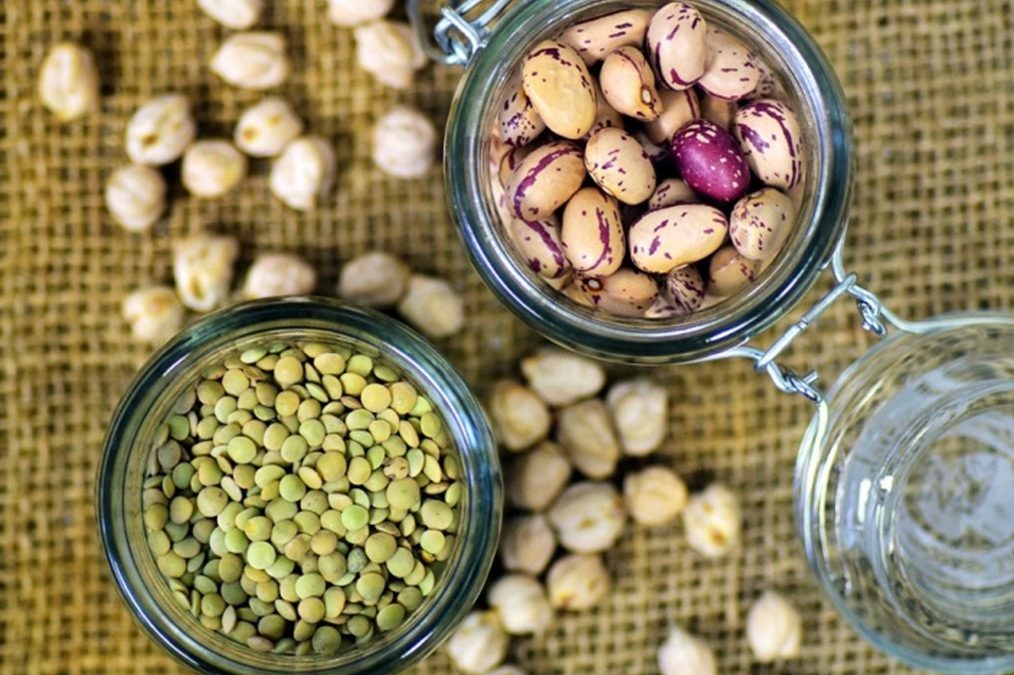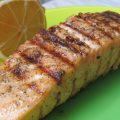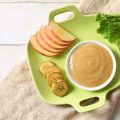Previously, pressure canners were mostly used in commercial canning. But they have been extensively redesigned for home use during the 1970s as more and more people preserved food using the canning technique. Pressure canners are fitted with an automatic vent pipe, an automatic vent lock, removable racks, a dial gauge, and a safety fuse. Modern pressure canners usually come as thin-walled kettles and are very lightweight unlike their traditional counterparts that were heavy-walled and had turn-on lids. Make sure to purchase and use pressure canners that have the Underwriter’s Laboratory seal for safety purposes.
For a successful pressure canning, make sure to do the following steps:
- Before you even start preparing your food, check to ensure that the pressure canning is working properly. The gaskets, gauge, lid and other parts should be in order, the vent pipes should be clean and there should be no mineral deposits or other trapped materials in it.
- Place the pressure canner in the center of your burner, making sure that the range and burner are level. If the burner produces too much heat, it can seriously damage your pressure canner. Usually, an outdoor gas burner is not used for pressure canners.
- Place the hot water and the rack inside your pressure canner. There should be a specified amount of water in the instructions or recipe. But if there is none, you should have about two to three inches of water in the container. If the food requires a longer process, you will have to use more water. Make sure you abide by USDA guidelines on pressure canning specific foods so you know the amount of water you need to use.
- Preheat the water to about 180oF for hot packed foods. But you should not boil it too long that the water will decrease. Heat to 140 oF for raw-packed foods.
- Once you finished preparing the foods and filled the jars, fir the lids and ring bands and seal the jars. Use a jar lifter to put the filled jars into jar rack of the pressure canner. Make sure that the jars are always upright throughout the movement as tilting may cause spillage.
- The canner’s lid should be securely fastened. You can open the petcock or take the weight off the vent pipe.
- The heat setting should be in the highest level. The water should be heated until it boils and steam is flowing freely from the petcock or open vent. You will notice it as a funnel-shape steam. Maintain the high heat setting for 10 continuous minutes as you let the steam flow out.
- When the exhausting (letting steam out) is done, close the pet cock or put the counterweight back on the vent pipe. Allow the pressure canner to pressurize for the next three to ten minutes.
- You should start timing the procedure as soon as you dial gauge reading reaches the recommended pressure. If your pressure canner does not come with a dial gauge, you will notice the weighted gauge will begin to juggle when the recommended pressure has been reached—start timing then.
- The heat should be regulated so that you can maintain a steady pressure. When there is loss of pressure, there will be under – processing and the final product will be unsafe food. Pressure variations can also cause liquids losses.
- If the pressure is lost and it goes below the recommendation, you should bring your pressure canner back to the required pressure and reset the timing of the process with the original required process time as indicated.
- Once the process time is completed, turn the heat off. Take the pressure canner out of the electric burner and let it naturally cool down. Never slide the canner. You should lift it when you move it. You can also leave it on the burner once you turn it off if you know that you cannot move the canner without tilting or tipping it over, or if the canner is too heavy.
- As the pressure canner is cooling down, it is de-pressuring. You should ever force fool the canner by pouring cool water over it or opening the vent pipe immediately. If you force-cool a canner, you may risk food spoilage. There may also be seal failures, loss of liquid and warped lids as a result of forced cooling.
- Take extra caution when removing the weight from the vent pipe. Even if the dial gauge has cooled down, do not attempt to open the canner unless the dial indicates zero pounds pressure. You can tilt the weight a little so that no steam will escape as you pull the vent pipe away. If the cover locks are not released, do not force the lids to open.
- If you are using an old pressure canner model, they don’t come with dial gauges and you would have to time depressurization. If it is a standard-sized, heavy-walled pressure canner, you will have to time 30 minutes of depressurization when it is loaded with pint jars. If it is loaded with quart jars, then the depressurization is 45 minutes. If it is a new, thin-walled pressure canner, the vent locks will automatically open when the pressure is out. The piston of the vent lock will drop and release the lock. Do not force open this lock.
- Once the pressure canner is depressurized, you have to open the petcock or take out the weight of the vent pipe. After 10 minutes of waiting time, you can unfasten the lid and cautiously remove it. Make sure that you pull up the lid with the underside facing away from you so that the steam will not burn you.
- Use a jar lifter to remove the jars one by one. Do not tilt the jars.
- Place them on a cooling rack or a towel, with at least a one inch space in between jars. Do not place them directly on cold surfaces.
- The jars should be left undisturbed for 12 to 24 hours s they can cool down.
- You should not push the center of the lids down nor tighten the ring bands until the jar is absolutely cooled.
- Once completely cooled, you can remove the ring bands from the jars that are sealed.
- You can wash your jars and lids to remove all sorts of residue. You can re-use jars but you cannot re-use lids for future canning.
- You should label your jars so that you remember when they were processed and until when they are safe to eat or use.
- Store the jars in a dry and cool place that is not in direct light.
- Don’t forget to dry your pressure canner, gasket and lid. All removable parts such as the safety valves and petcocks should be taken out, washed and dried very well. Observe the manufacturer’s maintenance and storage guidelines.






 I love to write books about family, dating, household, and healthy living. My books are written for everyone in an easy to read and understandable style.
I love to write books about family, dating, household, and healthy living. My books are written for everyone in an easy to read and understandable style.